What future for tradition?
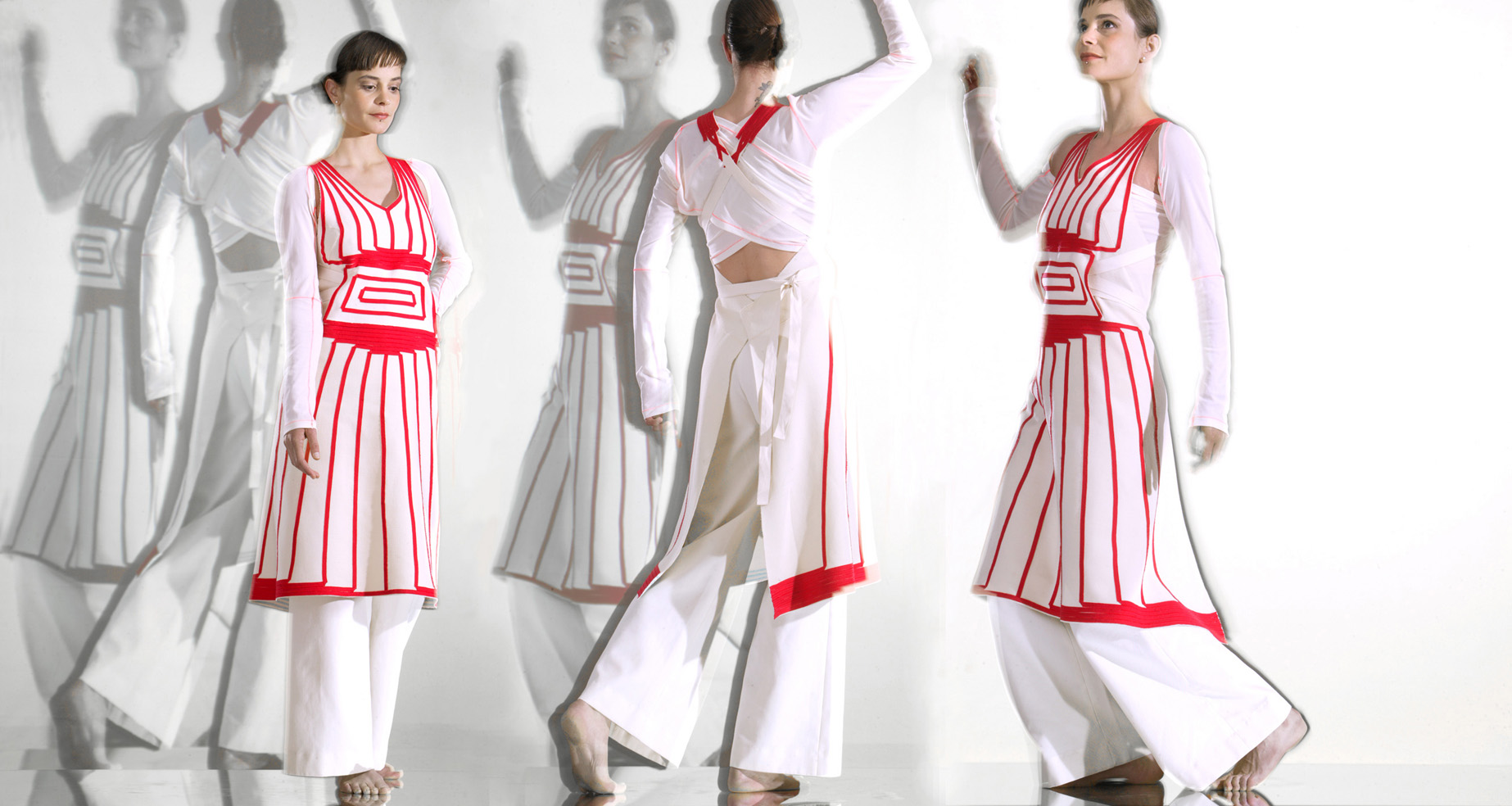
On Friday, the central Swiss town of Schwyz erupted in a blaze of colour as thousands of people descended on it for the national costume festival.
But an exhibition called Traditional Swiss Costumes on the Catwalk at the Swiss history museum in the same town takes a longer term view of Swiss traditional costume.
The festival will reflect most people’s idea of what folk costume is: colourful dresses, often featuring contrasting aprons and bodices, puff sleeves, shawls and kerchiefs, striking headgear, rich embroidery, silver chains and brooches.
There are workday costumes, Sunday costumes, and – in some cases – feast day costumes. Each area has its own, regulated down to the last detail by cantonal folk costume associations.
Traditional costume: unchanging and unchangeable.
But that assumption is overturned in the new exhibition. Traditional costume as it is known today is a child of the 20th century. When it was first worn at the end of the 18th century things were very different.
The rural population was prospering, and as they became better off, people started to imitate urban fashions, and they followed the same general trends – if not quite so quickly – as people in the cities, curator Pia Schubiger explained.
Strikingly presented at the entrance to the exhibition, a selection of ten 19th century costumes from different parts of Switzerland highlight the wide range of materials – satin, damask, taffeta, muslin, printed cotton, wool, linen – colours, shapes, ornaments and techniques used in different regions.
Changing fashion
In the 19th century things certainly didn’t stand still. The late 18th century rococo style, with its narrow waist and full skirt, was very influential at the outset. But the high-waisted Empire style of the early 19th century also had an impact on shape and colour, and the Biedermeier period which came next saw folk dresses become more colourful and voluminous, with more decorative elements.
In the middle of the century the urban fashion for crinolines encouraged rural women to push out their skirts too. When this was overtaken a little later by a slimmer look, wide petticoats went out of fashion, and pointed bodices came in to flatten the stomach.
But by the end of the century, industrialisation had made urban fashions more affordable, and fewer women wore folk dress of whatever style.
Heritage movement
This move away from wearing folk dress at home coincided with the birth of a heritage movement in the cities, aimed at rescuing what the bourgeoisie thought of as traditional Swiss values. This trend led to the establishment of the Swiss National Costume Association in 1926.
The leading light of the association in its early years was the politically conservative Ernst Laur, who described traditional costume as the “dress of the peasantry”, fit for a simple way of life rooted in the soil.
But in fact by his time this was far from being the case. To fit in with this idea, heritage enthusiasts had to radically redesign costume, introducing the “work day” variant, doing away with the floor length skirts and body-hugging bodices, replacing silk with cotton and linen, and banishing rich jewellery from all but the feast day costumes.
“The dictate of this new heritage movement levelled Swiss traditional costumes by means of prescribing a limited formal repertoire that offered little variety, and no potential for change,” writes ethnographer Birgit Langenegger of the Appenzell museum in the catalogue accompanying the exhibition.
Now if you want to wear a Swiss costume, you have to follow the rules, Schubiger told swissinfo.ch.
“And that’s a difference with other countries where costumes were still allowed to follow fashion in the 20th century. In Bavaria, or Austria, for example, fashion and traditional costume were mixed.”
Even if some people think it has had a stultifying impact, the Swiss National Costume Association is alive and well, as evidenced by the Federal Costume Festival. Its 23,400 or so members are obviously happy to follow its dictates, whether or not they fully accept the thinking of its founders.
“For a lot of people their enthusiasm for folk costume has to do with love of their homeland and cultural identity – which isn’t a negative thing. But I think a lot of people who wear these costumes today do so on special occasions to stand out, because they are something special and different,” Schubiger suggested.
Moving on
Nevertheless, an important section of her exhibition is devoted to people who have a very different approach. Among the items on show are a bold red and white striped apron dress, flimsy headdresses made of horsehair and printed textiles whose alpine themes include mountain bikers and chair lifts.
“Since the end of the 1990s there has been renewed interest in folk costume among designers. They have no complexes about using aprons and bodices, and they are quite happy to use parts of folk costumes in their own designs.” Schubiger explained.
“This is something that is happening in different areas, not just fashion but textile and jewellery design – and also in music.”
Indeed, yodeller Nadja Räss is to present a workshop as part of the accompanying programme. As Schubiger explained, she does the same thing as the modern designers: “She revisits tradition, and takes it on further.”
Pro Helvetia, the Swiss Arts Council, recently promoted a two-year programme on the same theme, encouraging some of the designers whose work can be seen at the exhibition.
It’s certainly a far cry from the National Costume Association’s original ideals.
“Some find it exciting and very interesting, others tend to distance themselves from it – there’s really a wide range of reactions,” said Schubiger.
The costume festival will show that tradition has a present. The exhibition shows – to use Pro Helvetia’s expression – that “tradition has a future”.
Julia Slater in Schwyz, swissinfo.ch
The federal national costume festival runs in Schwyz from June 4 to 6.
The organisers expect about 8,000 performers, wearing about 400 different costumes.
Some 60,000 visitors are expected to attend.
It features not only folk costumes from all over Switzerland, but also singing, dancing and traditional pastimes such as alphorn playing and flag tossing.
Booths and tents will sell regional food and drink and handicraft items.
The festival culminates in a parade through the town on the final day.
Knowledge of the early stage of folk costumes comes from a series of paintings by Joseph Reinhart (1749-1829) who painted prosperous peasants all over Switzerland.
Ludwig Vogel (1788-1879) left a series of detailed watercolours of 19th century costumes.
Much of the exhibition is based on costumes collected by ethnologist Julie Heierli.
She started researching traditional costumes in the 1880s, taking great care to note the precise terminology and exactly how costumes were worn.
Some of her assistants were more interested in collecting striking examples than in detailed field work, which is why they bought far fewer men’s costumes.
Heierli donated her collection to the Swiss National Museum.
20th century folk costumes were displayed at the 1939 National Exhibition on specially made wooden dolls; a selection of these also feature in the current exhibition.
The history museum in Schwyz is part of the national museum group.
The biggest member of the group is the National Museum in Zurich.
French-speaking Switzerland has the Chateau de Prangins near Lake Geneva.
Schwyz and Prangins often exchange temporary exhibitions.
Many of the costumes on show at the Traditional Swiss Costumes on the Catwalk exhibition come from the extensive collection of the National Museum in Zurich.
The exhibition runs until October 17.

In compliance with the JTI standards
More: SWI swissinfo.ch certified by the Journalism Trust Initiative
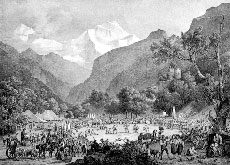
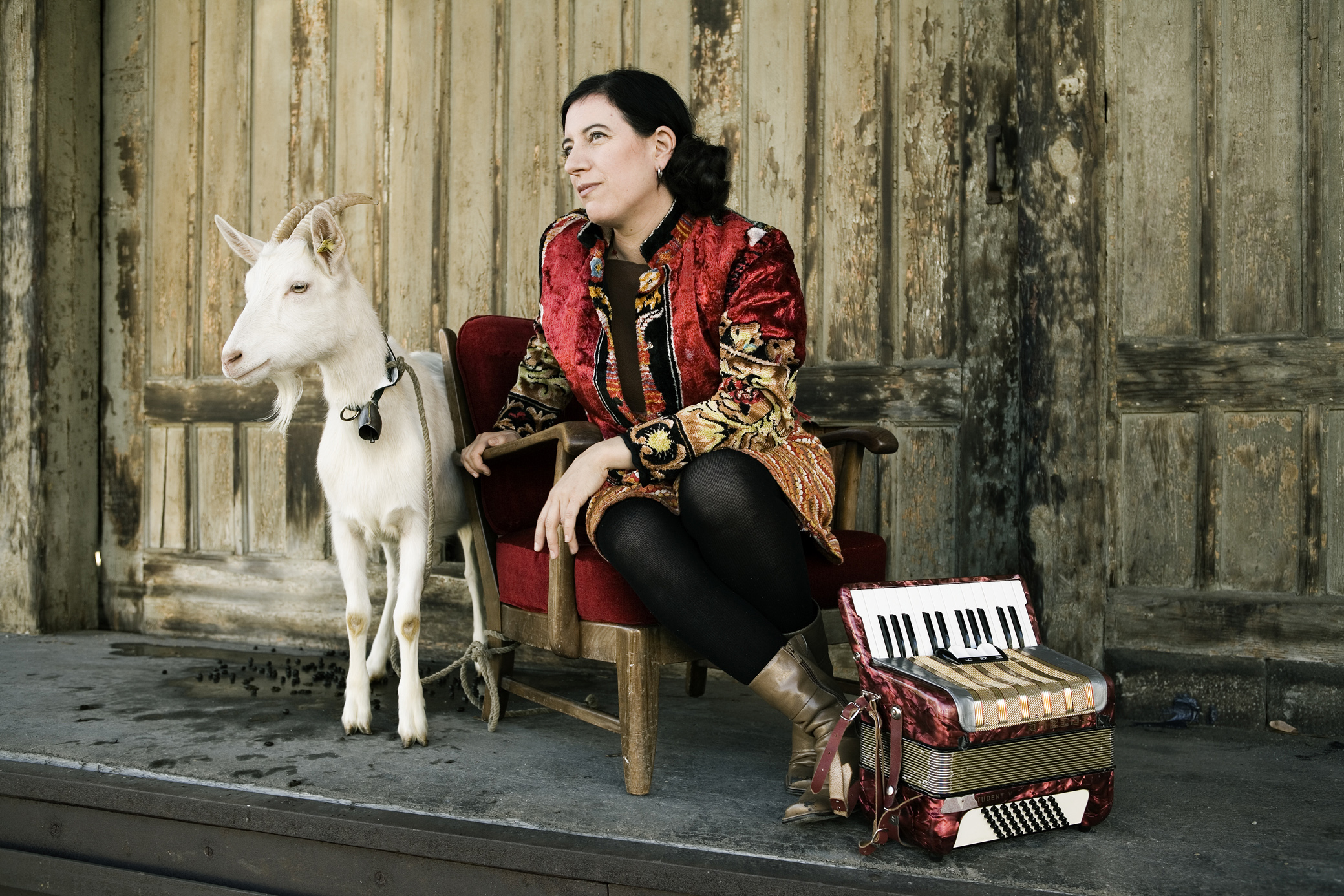
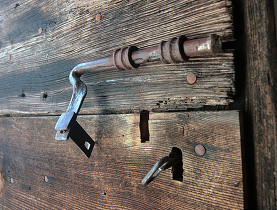
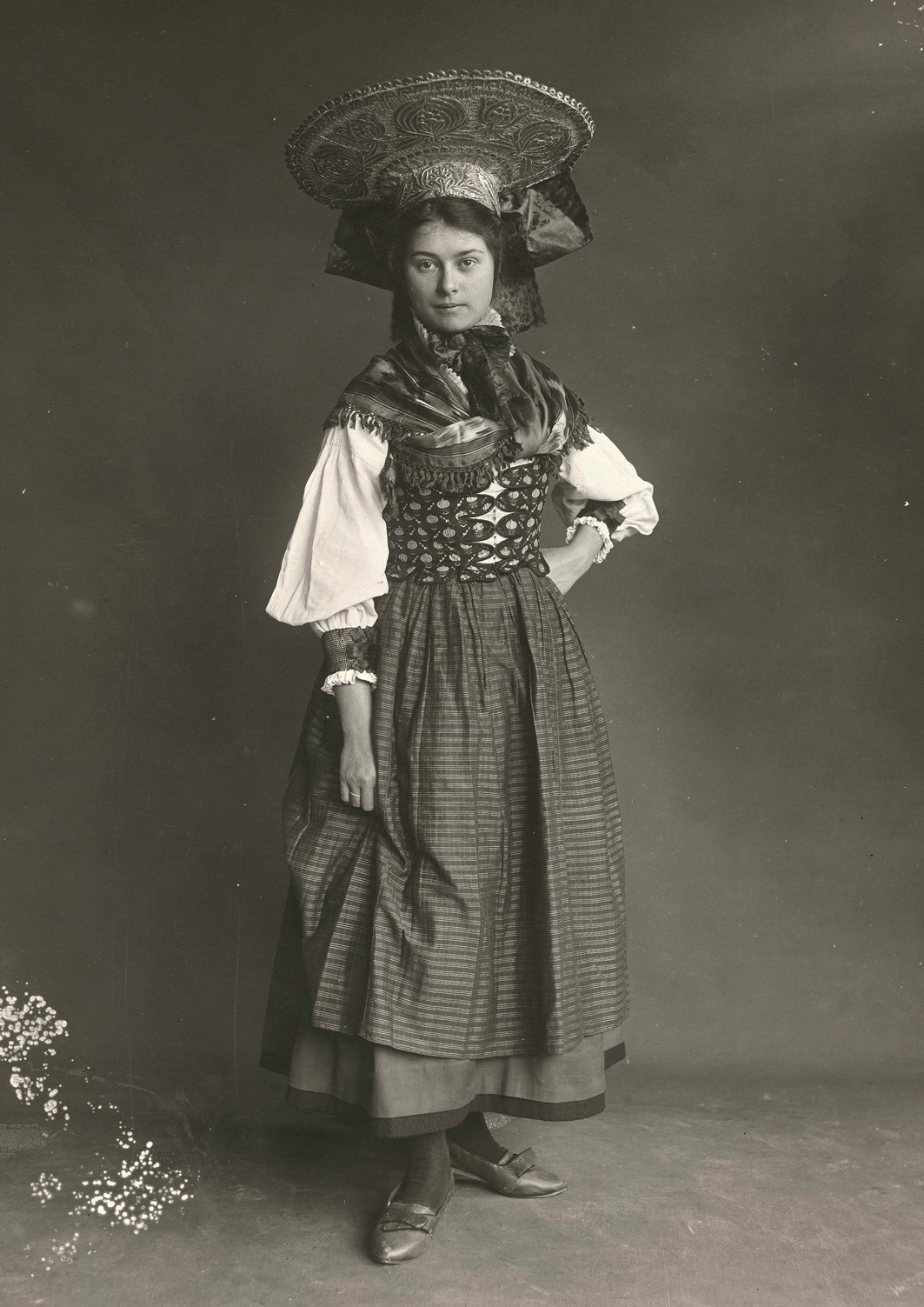
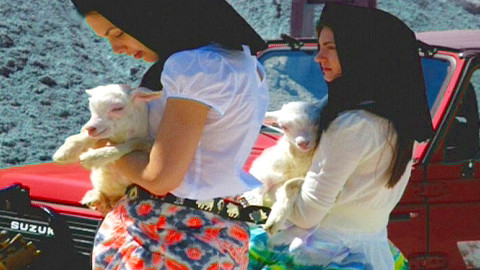
You can find an overview of ongoing debates with our journalists here. Please join us!
If you want to start a conversation about a topic raised in this article or want to report factual errors, email us at english@swissinfo.ch.